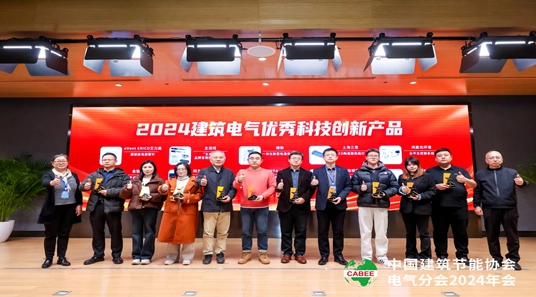

Leave a message

Abstract: Immersive Panoramic Sound Conference System was launched recently, filling the technical gap of the domestic panoramic sound conference.
Industry Background
System Introduction

Application Scenario: Large International Conference Center
Application Scenario: Round Table Conference
System Architecture
The system has two sets of core algorithms that determine the placement of speakers and processing method of audio signals respectively.
The processor has 4 to 16 audio source channel inputs, supporting a maximum of 128 audio channel outputs through a cascade system.
Each input channel provides up to 16 preset positioning points, so all input channels can provide a total of 64 to 256 positions for sound source localization.


System Construction Steps and Methods:
(1)Carry out basic measurement of the place, establish a 3D model based on the measurement information, including 3D shape of the place, the position of speaker and audience, the effective area;
(2)Determine the placement of the top speaker, and determine the projection area of the effective area at the top of the space;
(3)Determine the placement of other speakers and set the speaker toward the center of the effective area as the main speaker point
System Contrast
01 Traditional Conference System VS Immersive Panoramic Sound System
Sound from the nearby loudspeakers
Audio-visual consistency, precise positioning, immersive experience
02 7.1 Surround Sound VS Immersive Panoramic Sound
Recreate sounds at different angles and distances, allowing the listener to visualize an object’s position with sound.
Requires complex post-production steps for each audio and video clip
Only suitable for specific scenes such as theaters or cinemas.
Emphasize sound spatialization and immersive panoramic experience
Suitable for multiple application scenario such as conference room, lecture hall, performance stage
Can be used for playback and live scenes without complex post-production
Application Scenario: Multimedia Conference Room
Advantages of the system
(1)Uniform sound field in sound reinforcement; The sound perceived by the audience is consistent with the sound source
(2)Easy to build and operate, do not need for complex post-production, simple debugging to shorten the setup time
(3)Greatly reduce the probability of howling noise in sound reinforcement system
(4)Can be used in combination with face recognition (check-in, behavior analysis) and paperless conference system
Experience Place

 DSPPA | Honored with Triple Distinction in Building ElectricalDecember 26, 2024Abstract: Committed to delivering superior products, services, and comprehensive one-stop solutions to users.view
DSPPA | Honored with Triple Distinction in Building ElectricalDecember 26, 2024Abstract: Committed to delivering superior products, services, and comprehensive one-stop solutions to users.view DSPPA | Embrace 2025, Toast to a Year of PassionDecember 31, 2024Abstract: Happy New Year from DSPPA! May your 2025 be filled with lots of joy, happiness, good health and indeed wealth!view
DSPPA | Embrace 2025, Toast to a Year of PassionDecember 31, 2024Abstract: Happy New Year from DSPPA! May your 2025 be filled with lots of joy, happiness, good health and indeed wealth!view